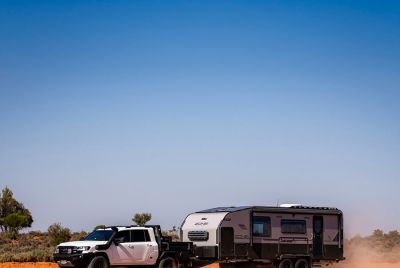BioPrinting: Replace Your Organs, Bones with an Inkjet Printer
In Boston, Dr. Anthony Atala who was then at the Children's Hospital in Boston grew an engineered bladder from a patient's muscle cells and implanted the new bladder to the patient's original bladder. The patient who was born with spina bifida made a complete recovery. In London, a team at University College designed and fabricated a polymer scaffold that was used in the first fully engineered trachea transplant. In Washington State University, a research team is preparing to grow new bones using a 3D inkjet printer that will be as strong as real bones.
Welcome to the new world of bioprinting where bones and organs can be grown and produced with a 3D inkjet printer. Although it sounds like something straight out of science fiction doctors and researchers have been developing and perfecting this technique that soon patients could replace their sick organs with manufactured ones.
Bioprinting uses special modified inkjet printers that would make artificial nanocomposite scaffolds of the organ or bone being replaced. The required organs and bones don't pop out of the 3D printer fully formed. The printer creates scaffold for the bone or organ to grow into. In the case of the created trachea, the team from University College first scanned the patient's diseased trachea to make an exact glass-mould replica. The replica is then covered with a chemical polymer mixture. The stem cells attach to the mould and then transplanted. The manufactured trachea is made up of around 70 percent of UCL's novel polymer and 30 percent of grown stem cells from the patient's bone marrow.
The research team from Washington University is working on creating fake bones. The team was able to create bone that's as strong as real bones by adding zinc and silicon to the scaffold of the bone. When the scaffold is implanted, new bones will grow on it. The material will dissolve as the new bone grows. The team believes that doctors will soon be able to produce 3D bones to replace bones with defects. 3D bones can be used in different dental procedures and to treat patients with osteoporosis.
Bioprinting may still be a new technology but it's potential is limitless. Skin can be grown for burn victims using this technique. It will also lessen the risk that transplanted organs and tissues will be rejected by the patient's body because the organs and tissues are grown from the patient's own cells. It will also solve the scarcity of organ donors.
And best of all the cost of this technique won't cost the patient an arm and leg. A 3D bone model can cost as low as $100. Over time medical procedures that used to cost thousands of dollars will be affordable to most patients.





















